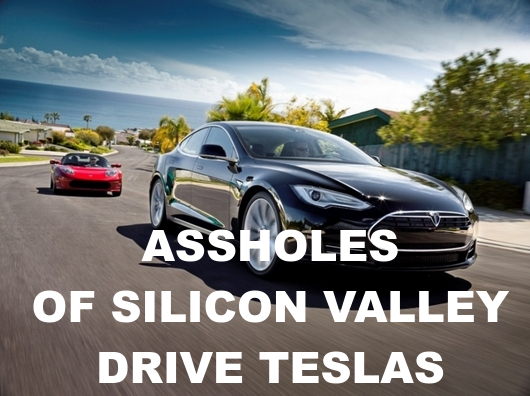Silicon Valley is now the media capital of the world
Northern California media companies now reach two billion people every day, taking billions of dollars in advertising revenue from the East Coast media conglomerates.

Silicon Valley is known for tech innovation and for being the place where an idea can become a reality. Now it’s becoming known as the capital of media transformation — reshaping the way content is distributed and how it is consumed.
More than anything, media companies are about access: Connecting creators with those people who are passionate about their content and want to spend time and money consuming it. And for decades, much of the creation, distribution and monetization of news and entertainment has been centered in and around New York.
With the emphasis on access, the media’s center of gravity has clearly shifted to Silicon Valley. For decades, the area mostly operated behind the scenes, quietly fueling world-changing innovations in industries such as semiconductors, software, the internet and biotechnology. Fast-forward to 2016, and HBO’s sitcom “Silicon Valley” is the new “Sex and the City,” poking fun at the foibles and excesses of every 21st century startup (in the show and in real life, at least most of the time).
What has changed to enable that level of pop culture relevance today? Facebook, Twitter, Netflix, Google’s Accelerated Mobile Pages, Facebook Messenger and Instagram in aggregate account for nearly two billion people actively reading, watching and sharing their favorite content. Los Angeles-based Snapchat was conceived on the campus of Stanford University; today, there are more than 140 million daily active Snapchat users. People in the U.S. check social media about 17 times a day, meaning at least once every waking hour, according to Informate Mobile Intelligence.
And now, post-election, a larger issue around media content shared on Facebook has risen to the surface: Did fake news stories shared on Facebook contribute to Donald Trump’s election victory? This question alone underscores how social platforms are the rising news media, and how people are consuming news today.
Silicon Valley-based companies and services like Apple, Facebook, Twitter, Instagram and YouTube, and companies developing artificial intelligence and virtual reality technologies, are dramatically changing the mechanisms for content distribution. Each of us now has the ability to share a well-written and researched story with our networks — either socially, on a website or an online magazine platform for wide distribution, one-to-many and many-to-one.
In fact, many old-school publishers are rethinking their media strategy altogether, given that there is no longer an assumed circulation. So, what does this all mean for the media and entertainment industry, and what can we expect as the next wave?
Range of content: Similar to the evolution of TV sitcoms to reality TV shows to the really interesting original content now being produced by non-network TV — like Netflix’s original series, which we can’t help but binge-watch — we’ll see the news media landscape evolve. Sure, we may always enjoy the overindulgence of simple entertainment, like the Chewbacca Mask lady, but there will always be a need and craving for long-form, substantive and thoughtful content.
New technology for content consumption and distribution: Silicon Valley will continue to influence media and entertainment with new technology to provide snippets of news, highlights of bigger stories and to dive into very specific issues through a variety of devices, like smartphones and VR headsets.
Niche content from experts: We can expect better content being produced on social platforms as well as really thoughtful content being produced across platforms, like online magazines, video documentaries and original series.
New content entrants (a.k.a. The New Kids): While Anna Wintour continues to reign over fashion, a great creator no longer needs her blessing to be considered a cultural maven. Individuals can inexpensively access the same tools that once were only available in the hallways of Madison Avenue, and they can leverage the access made available by the Silicon Valley-centered distribution services to have larger circulation than their more established competitors, who continue to rely on survey-based circulation numbers of dwindling subscribers.
What’s more, we can expect the next “Anna Wintour” to emerge through a following on a Silicon Valley social platform, like YouTube, Facebook or Snapchat. As an example, Vicewas an outlier as it displaced more traditional media companies over the last decade.
New content entrants with longevity and a strong business have been rare and have had to gain the blessings of a relatively small set of East Coast TV or magazine brands in order to be seen as legitimate. That is no longer the case. And we will increasingly see great creators with sustainable careers, many of whom will manage their content and relationships with tens of millions of fans from all corners of the globe, all thanks to the access provided by the leading media companies of Silicon Valley.
Joe Hyrkin is the CEO of issuu, a modern media company and curator of creativity platform that allows content creators and publishers to create professional-level digital publications with purpose around areas of passion — going deep into verticals, from fashion to food to shopping to travel and much more. Reach him @yankeejoe.
